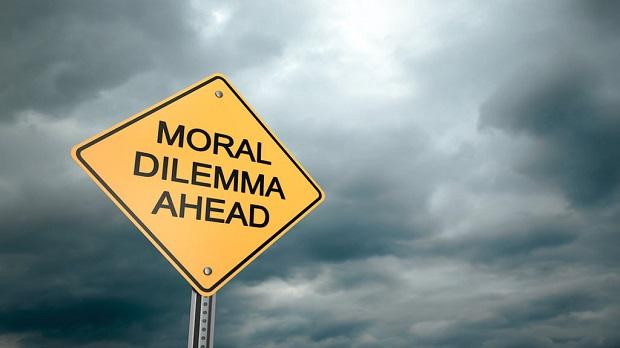
This is part of a series; to read Facing Fragility: Introduction, click here.
In this series on fragility, I wanted to expand on a thread in Robin DiAngelo’s brilliant and thorough book, White Fragility. Part of the book’s brilliance is in giving language to a phenomenon that is notoriously hard to pin down and exists as an “invisible” form of social control by white people. Part of the violence of white fragility is that those on the receiving end of its manifestations are burdened not only by dealing with the harm it causes them, but also with the task of explaining this harm to the perpetrators. DiAngelo’s description of white fragility as a form of violence is provocative language for describing behaviors that are typically coded as harmless, or even empathetic, in other contexts (i.e. tears, deflecting questions, defensive strategies, etc). I think the fragility framework is useful for making sense of more explicit forms of white violence as well—and can be useful for thinking about more expansive anti-racist strategies across gender and class identities and contexts.
The fragility framework is useful for making sense of more explicit forms of white violence as well—& can be useful for thinking about more expansive anti-racist strategies across gender & class identities and contexts. Click To TweetIn the same way that Carol Anderson’s White Rage was powerful in pointing out that racist violence doesn’t always appear in explicit forms (like shootings, fighting, or screaming), but oftentimes manifests in more “quiet” racist policies, DiAngelo’s White Fragility helps us see how reactionary behaviors during interracial conversations should count as a form of violence as well. And although DiAngelo acknowledges the ways white fragility manifests across gender—from white men and white women respectively—there is room to expand this concept to include forms of violence by white men that are not often seen as manifestations of fragility. As DiAngelo explains, white fragility is largely the result of absorbing messages of white innocence and superiority—it is the subsequent guilt, confusion, anger, and defensiveness of one’s goodness in the face of conversations around race. DiAngelo describes the behaviors of white fragility as ranging from crying to withdrawing, avoiding, absolving, and arguing—she even dedicates a chapter to “White Tears.”
These behaviors are common in my own experience as an anti-racist educator. But they do strike me as gendered and classed in many ways, and therefore open to expansion to include the ways white fragility shows up in other white groups—like working class white men. I’m thinking specifically of the explicit violence of the white men in Charlottesville and Charleston. When white supremacists kill, the media often looks for the explicitly stated motives or manifestos of their racist intentions—all the racist things they are for. In the case of Dylan Roof, for example, the evidence is clear he was a card-carrying white supremacist, but he also gave a strangely vague “I had to do it” answer when questioned about his motivation. The same kind of vacuous reaction against the “Other” is seen in the mantras of the white supremacists in Charlottesville chanting that “Jews will not replace us.” The common thread is that white supremacy is often an ideology of against, as much as it is for anything of substance.
One way to understand these explicit examples of violence (as another form of white fragility) is seeing them as more deadly versions of white ignorance, white innocence and white victimization in action. The difference is one of degree, not of kind. Expanding the concept of white fragility to include both explicit and implicit forms of violence is useful for making the case that anti-racist education and consciousness-raising is a national imperative across all white identities (with deadly consequences of inaction)—not just the spaces and identities that are most common in professional organizations or formal training contexts. All white people must build up our abilities and capacities for anti-racist work—to become less fragile—not only because our own freedom depends on it, but because the flourishing of people of color is at stake—in both the violence in our training rooms, and the violence in the streets.
Expanding the concept of white fragility to include explicit/implicit forms of violence is useful for making the case that anti-racist education & consciousness-raising is a national imperative across all white identities Click To Tweet

















